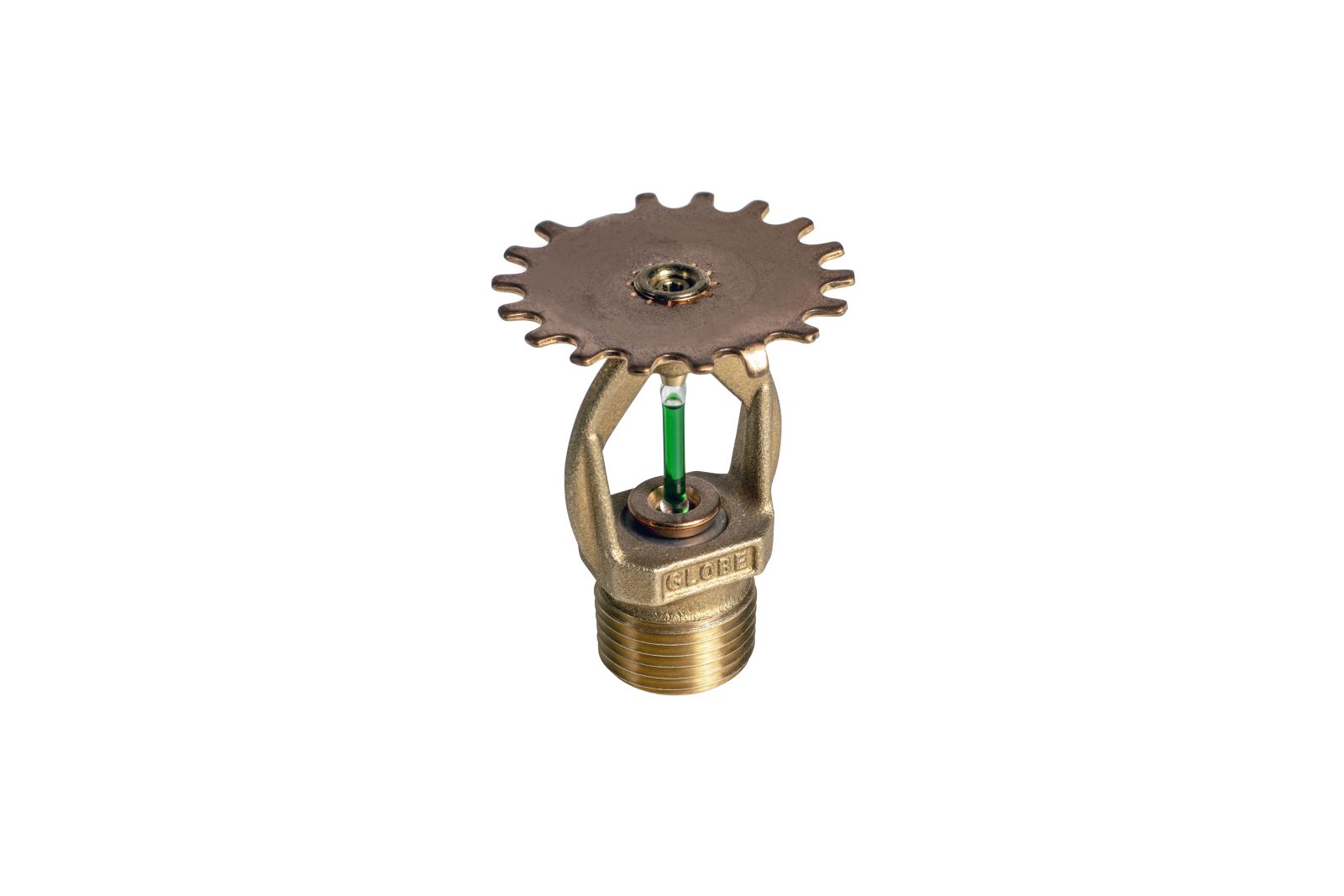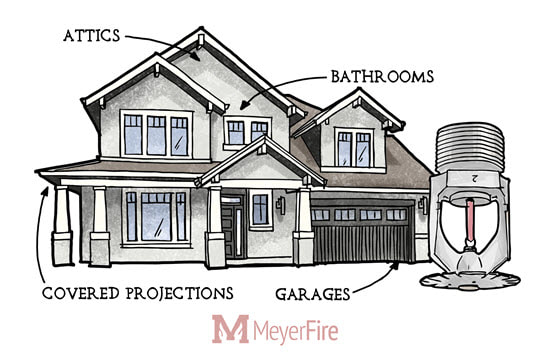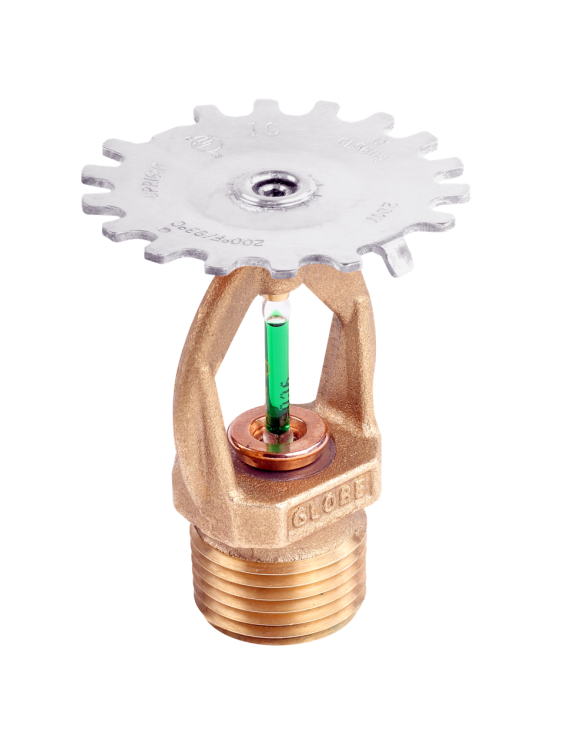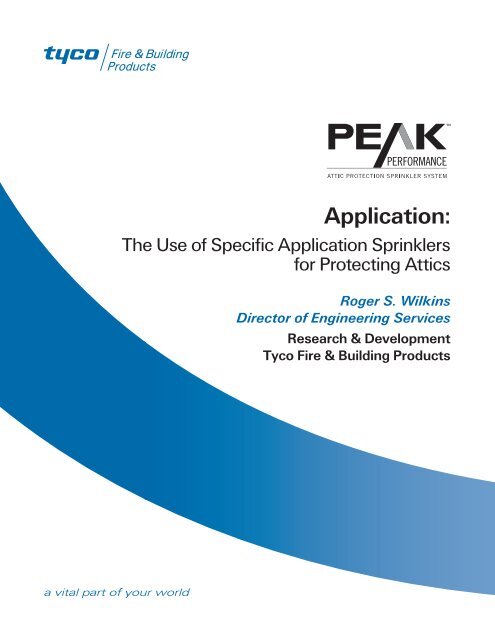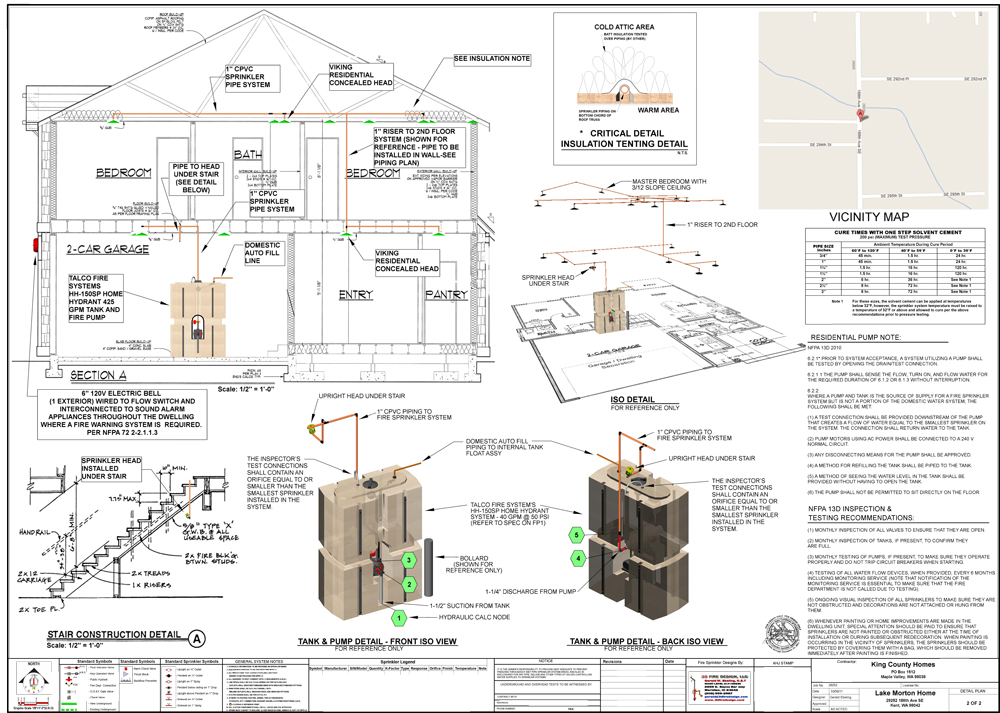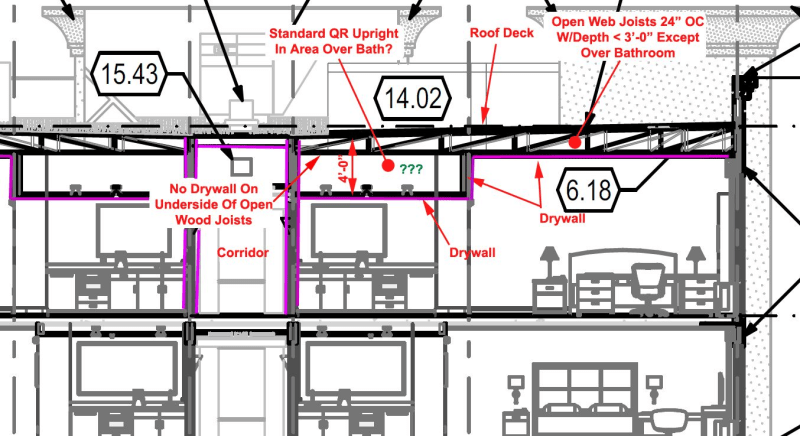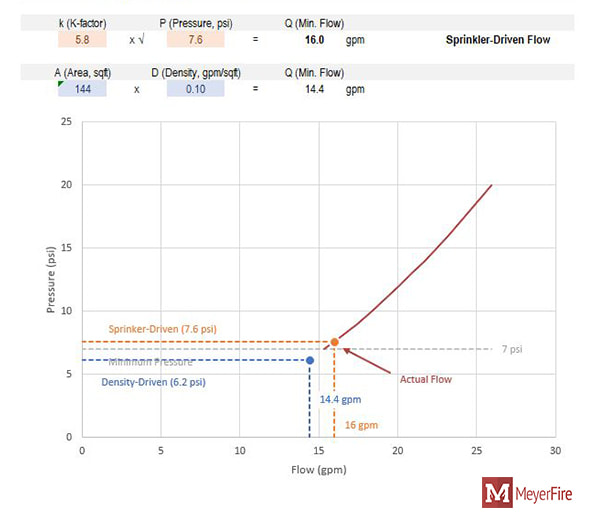The restriction in the usage of antifreeze in wet pipe sprinkler systems protecting residential occupancies drives a need for a method to protect the piping installed in attic spaces from freezing.
Nfpa 13 attic sprinklers.
Nfpa 13 installation of sprinkler systems the standard for the installation of automatic sprinkler systems never specifically addresses whether or not an attic requires sprinkler protection.
Nfpa 13r commonly allows for the elimination of fire protection in attics closets and bathrooms nfpa 13r allows for a lower water discharge demand from the sprinkler system leading to smaller pipe sizes nfpa 13r allows for a shorter duration of water supply than nfpa 13.
Swapping nfpa 13 and nfpa 13r is not simply a one for one exchange as their goals are overall quite different.
The allowed method prescribed in nfpa 13d should be brought forward into nfpa 13 to solve this problem.
As shown in table 1 nfpa national fire protection association standards 13d and 13r both allow omission of sprinklers from attics not used or intended for living purposes or storage in the case of nfpa 13r and that do not contain fuel fired equipment.
Property protection and life safety.
The industry benchmark for design and installation of automatic fire sprinkler systems nfpa 13 addresses sprinkler system design approaches system installation and component options to prevent fire deaths and property loss.
Concealed spaces may be constructed of or contain noncombustible or limited combustible material such as frtw and spaces constructed of such material are not required to be protected by an automatic sprinkler system.
In order for the systems to achieve these goals the general rule is to provide sprinklers to protect all spaces within a building.
The globe specific application attic protection scheme has undergone full scale fire testing with underwriters laborato ries and is listed to be utilized per nfpa 13 in conformance with the new technology and equivalency sections as well as the special sprinkler section.
An attic can be a concealed space if it is constructed and used as a concealed space as outlined in 8 15 1 2 1 of nfpa 13.











